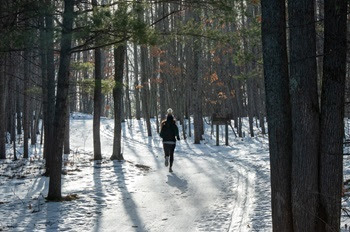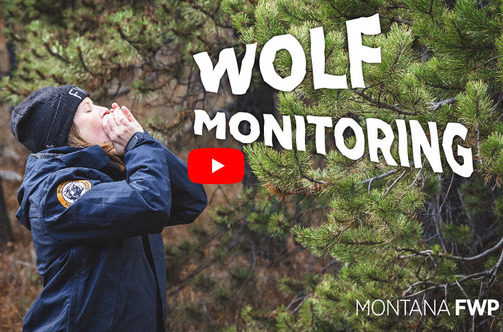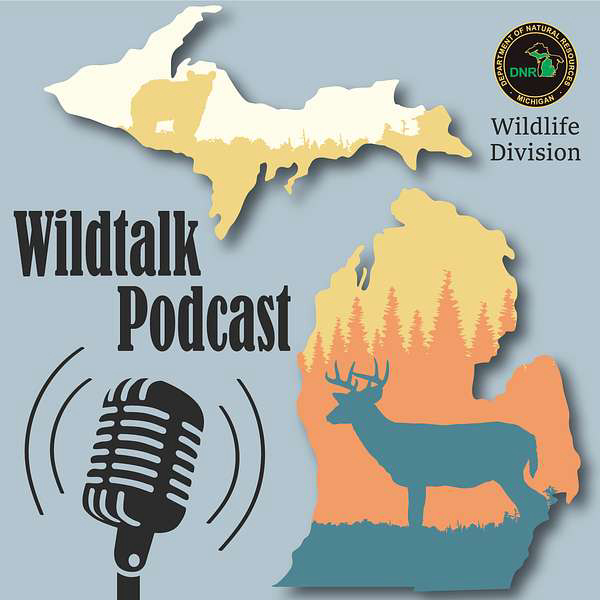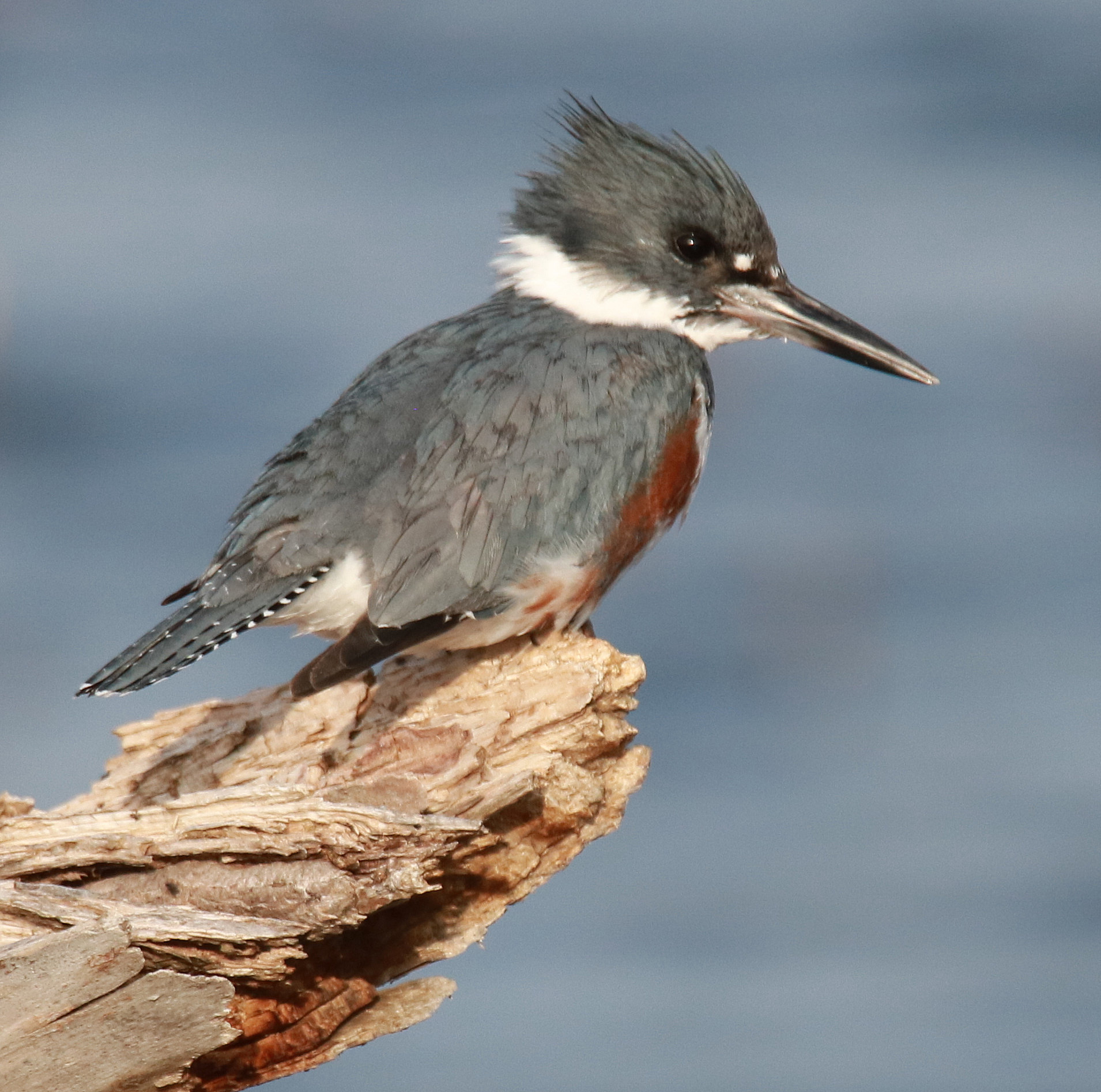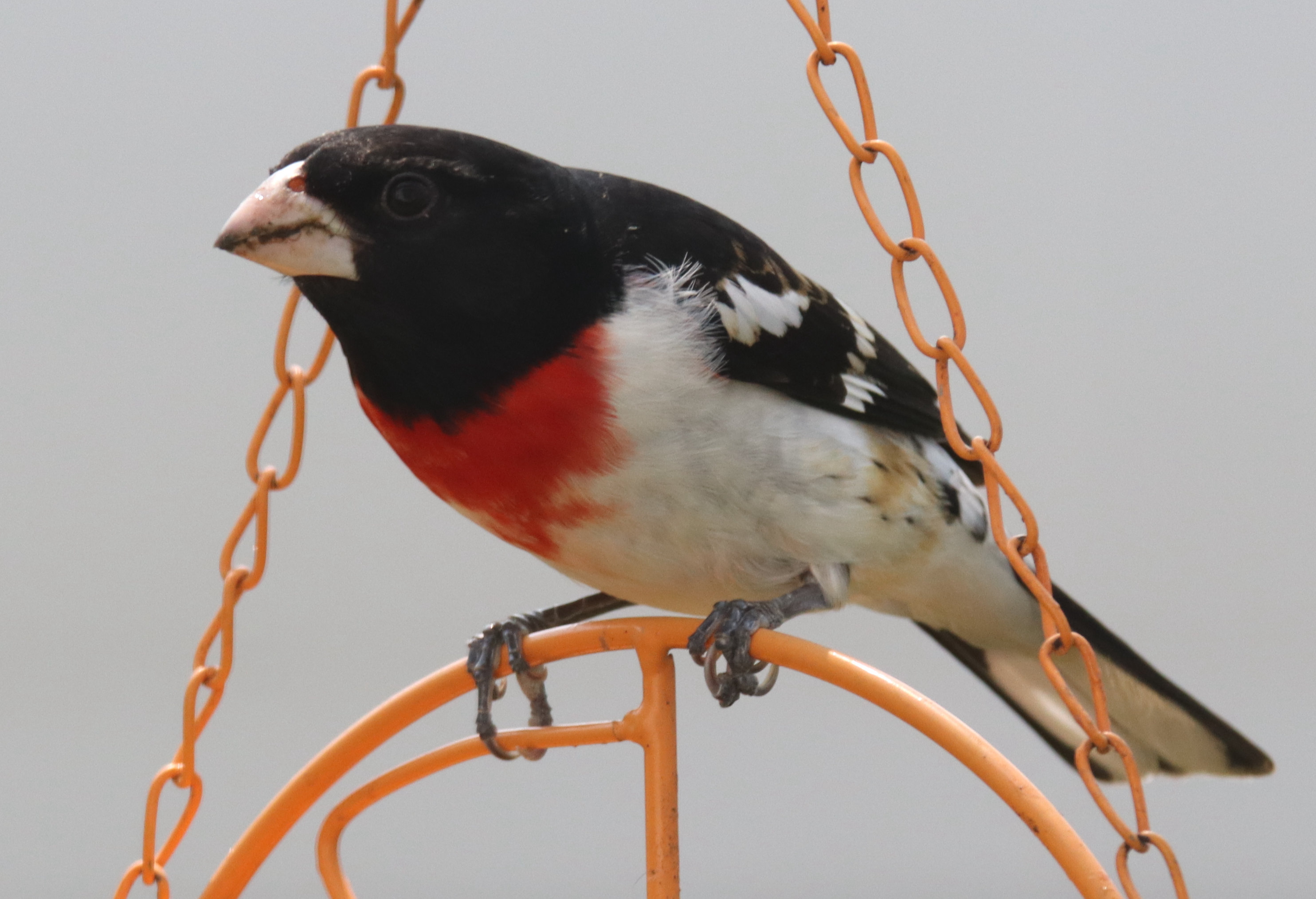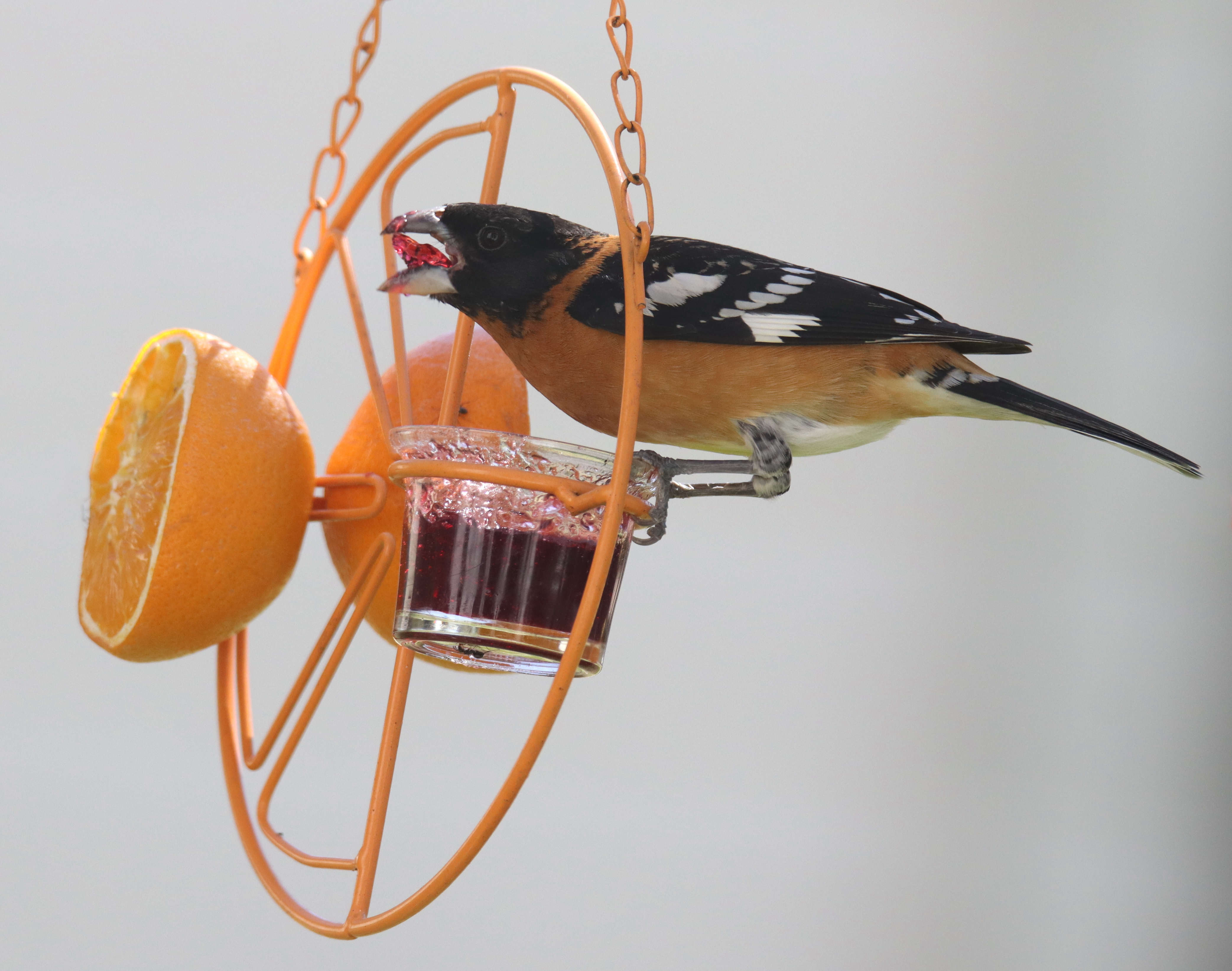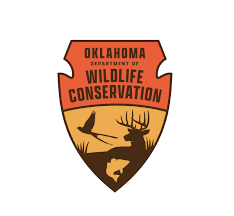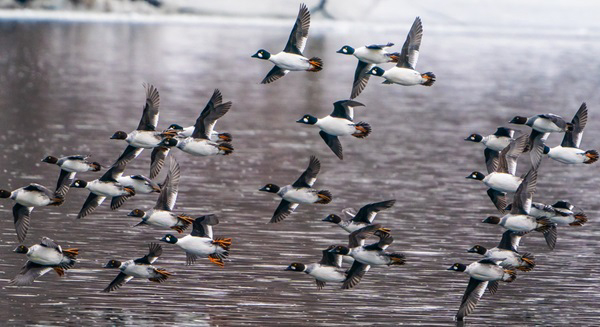Michigan DNR launches e-bike survey following land use order change

Earlier this year, allowable use of Class 1 electric bicycles on state-managed, nonmotorized bicycle trails/pathways expanded following approval of a proposed DNR land use order.
As 2024 winds down, the DNR is looking to trail users to reflect on this land use order change and to share their thoughts on both riding e-bikes and interacting with e-bike users on state-managed trails.
The short e-bike survey will help the DNR gather public input on the land use order, which went into effect in August on state-managed trails with the exception of those located on state wildlife or state forest lands.
The approved DNR land use order?expanded operation of Class 1 e-bikes so that they are allowed on improved-surface trails such as linear trails (paved or gravel/asphalt) as well as natural-surface, nonmotorized bicycle trails/pathways in state parks and recreation areas and on state forest pathways and roads.
In addition, the change allowed – for mobility purposes – operation of Class 2 e-bikes, which are throttle- and pedal-assisted and can travel up to 20 miles per hour Read more

